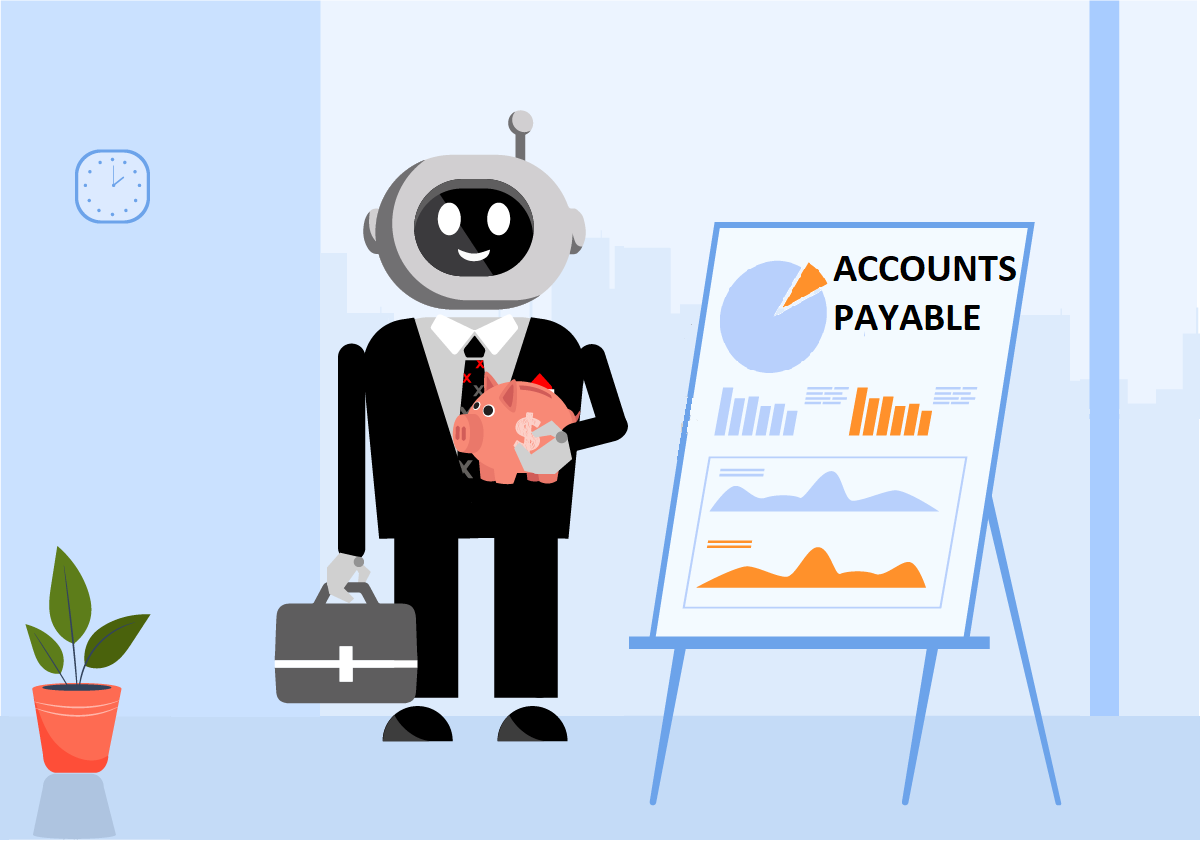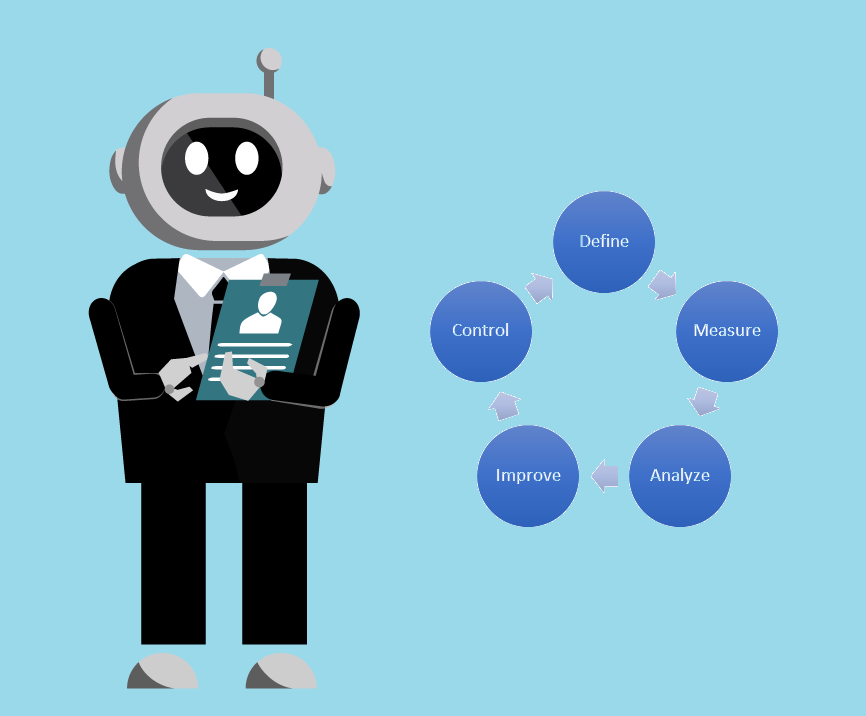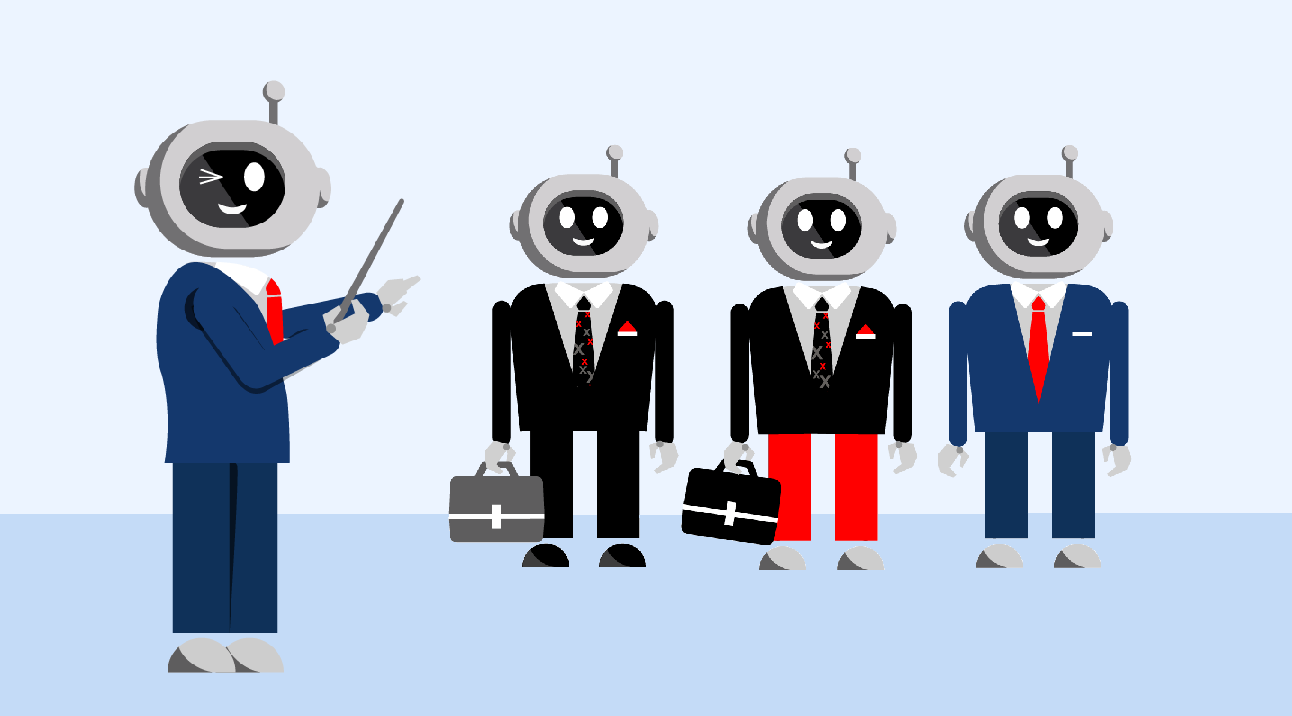With new regulations on due diligence in withholding tax, many Polish companies will have to face new challenges. These regulations are intended to enhance the detection of possible irregularities, increase the recoverability of withholding tax (WHT), and generally improve the control in this area. The withholding tax rate is 19% or 20%, so to avoid such high amounts, one can for example exercise due diligence. Due diligence in withholding tax refers to the appropriate verification of the counterparty in various aspects (including, but not limited to, the nature and scale of its business activities). Possibilities of automation Many of the tedious and time-consuming tasks can be delegated to a virtual workforce. The entire subject focuses largely on getting information out of the counterparty itself by interviewing the him, obtaining relevant documents from the counterparty, and carrying out online research (including, but not limited to, downloading data from publicly available registers). Once all the necessary data has been collected, it should be compared in order to verify that the data possessed by the company is in line with the information collected during the verification. However, the clause on the verification of the telephone number provided by the counterparty may attract particular attention. Actually, the RPA is unable to call the customer and verify that it has got through the corrrect company, right? Right – the RPA does not offer this functionality for the time being, but other technology, that is the title voicebots, comes to help. A new era of communication with robots A voicebot, as the name implies, is a program used to communicate with users through voice channels. A lot of people have probably already come into contact with such software (e.g. products like Siri or Alexa). When you call many companies, you are often referred directly to a voicebot, which informs you, for example, that the call is recorded and tells you to select the relevant number depending on the matter you are calling about. More precisely, technology has already become very popular and we deal with it almost every day, so I think it is worth learning how it works and what benefits it can bring about. First of all, to be able to communicate with a human, the virtual assistant needs a comprehensive knowledge base that it can use. During a conversation, the bot converts a human utterance into text (speech to text, STT) and matches it to a predefined context, so that it can choose the right answer or perform the appropriate action. Of course, the more information stored in this knowledge base, the more effective the bot is and the more natural the conversation is. For example, if someone asks about the status of their order, the bot will identify the key words (e.g., status, order, fulfilment) and match one of the defined answers from the knowledge base, e.g., “Please provide your order number”. At this point, it should be noted that it is common practice that suitable scenarios are created for a bot to result in the achievement of a specific goal, and here too a dependency between the number of scenarios and the effectiveness will apply. In the above example, the scenario could be as follows: the bot recognises the intent of a person (checking the order status), asks them for the correct number (if not provided before), and then checks the order in the system, provides the relevant information to the person, and asks if it can help with anything else. In addition to the knowledge base containing the key words, speech contexts and scenarios, the voicebot must also have some elements of artificial intelligence. The most important component seems to be the natural language processing (NLP) engine, which allows human speech to be processed and spoken words to be recognised. However, the NLP itself is a subject for a separate article, and I will only mention that there are many such engines (which are more or less efficient) and they are offered by manufacturers such as Amazon or Google. In addition, the NLP engine can be supported by the above-mentioned STT or ASR (automatic speed recognition). Voicebots – possible applications and benefits One of the unusual applications for a voicebot is undoubtedly the verification of a counterparty’s telephone number. The example of scenario would be as follows: the voicebot calls the provided telephone number and checks to see if the telephone is received at all. If this happens, the called person is informed of the purpose of the call and asked to confirm that the appropriate place has been reached. The conversation is then transcribed and sent as a text to the RPA, which attaches the output to the final report. With this solution, the entire verification process can be performed automatically and the human only receives the final report. As regards the areas where voicebots are used most often, the broadly defined customer service is strongly at the top of the range. This solution is very good for solving simple problems, such as the above quoted order status check, complaint lodging, etc. In such cases, the consultant can be fully replaced by a bot, and thus the process can be automated and the cost of the service reduced. In addition, the customer service time is reduced, which may affect overall service satisfaction. Of course, voicebot technology is not perfect, and it is not possible to completely replace human work at the time being. Coming back to the order status check example once again, the customer may not know their order number and such a path has not been programmed for the bot. If this is the case, the caller should be routed to the consultant to provide more details to resolve the case. Maksymilian Sobol – RPA Developer Source: Nowe zasady podatku u źródła – EY, Voicebot: co to jest chatbot głosowy?












